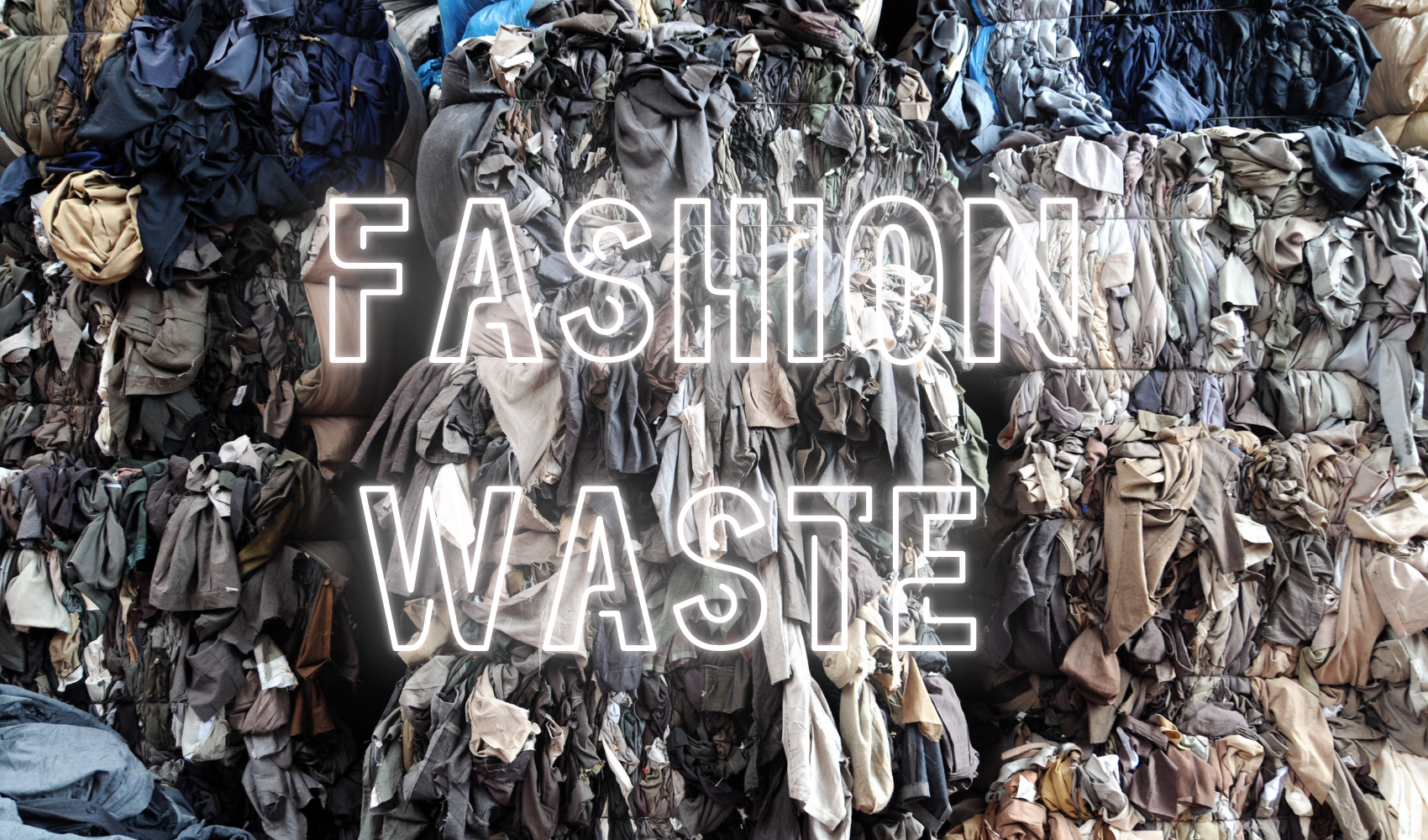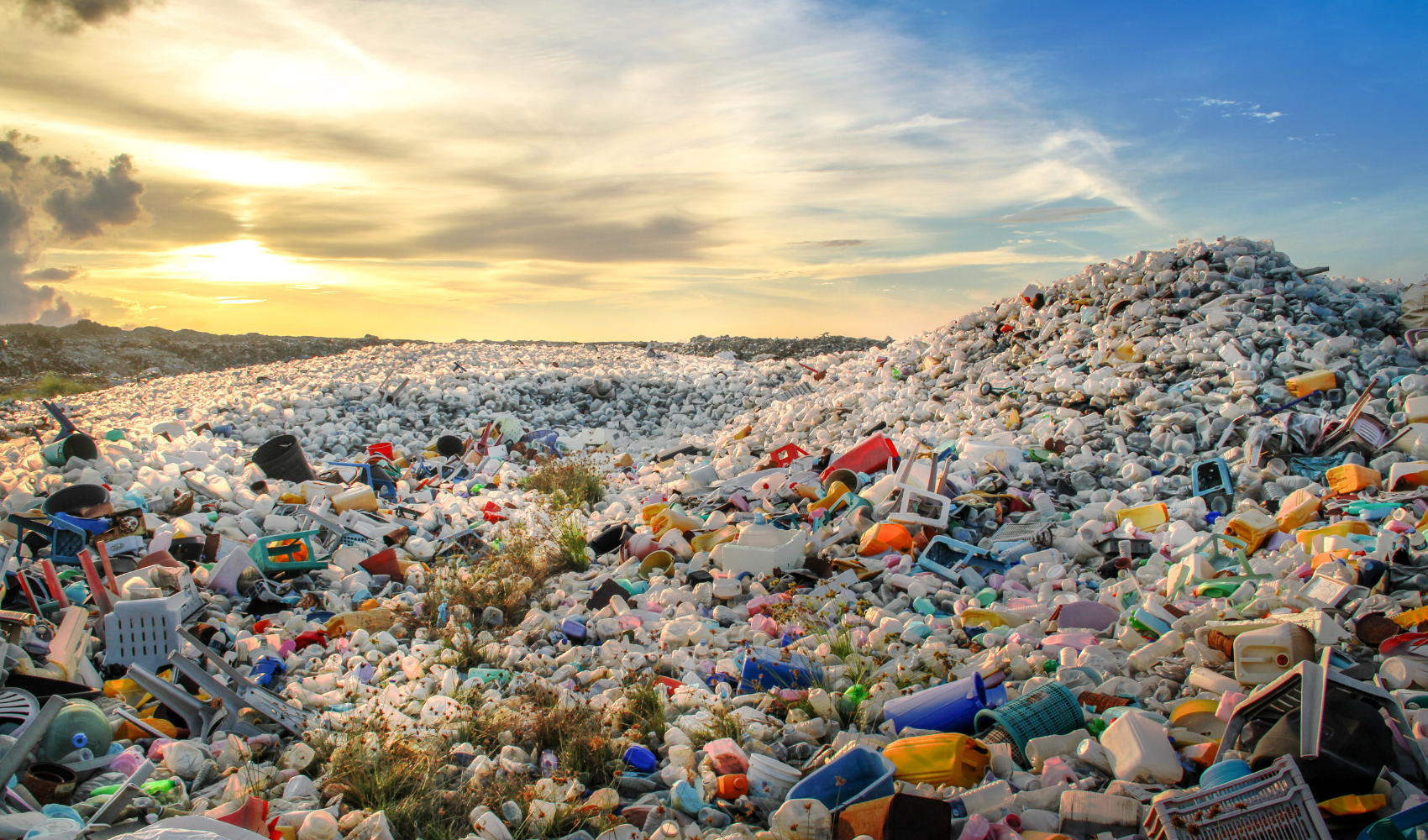The Hidden Cost of Fashion: How Waste is Destroying the Planet

Fashion is more than just an expression of style; it is a global industry worth billions. However, behind the glamour of catwalks and designer brands lies a dark reality—fashion waste. From manufacturing offcuts to the staggering amount of discarded clothing, the industry is one of the biggest contributors to environmental destruction.
What is Fashion Waste?
Fashion waste includes more than just the old clothes we throw away. The industry produces waste at multiple levels, including:
-
Manufacturing waste – Fabric scraps, offcuts, and excess materials that are discarded before garments even reach consumers.
-
Packaging waste – Plastic wraps and tags used to protect garments during transport.
-
Stock waste – Unsold inventory that ends up in landfills.
-
Workwear waste – Uniforms and professional attire discarded when no longer needed.
The Shocking Scale of Fashion Waste
The statistics surrounding fashion waste are staggering:
-
100 billion garments are produced worldwide each year.
-
57% of discarded clothing ends up in landfill.
-
20% of industrial wastewater pollution comes from the fashion industry.
-
It takes 2,700 litres of water to make a single cotton shirt.
-
Synthetic fibres take centuries to decompose—polyester can take between 20 and 200 years to break down.
The Fast Fashion Epidemic
Fast fashion has driven a culture of overconsumption, where cheap clothing is worn only a handful of times before being discarded. The rise of inexpensive, trend-driven fashion has led to:
-
A 50% increase in clothing production since 2000.
-
Consumers buying 60% more clothes yet wearing them for half as long.
-
More than 25% of textile waste being incinerated, releasing toxic chemicals into the air.
How Can Fashion Brands Reduce Waste?
Thankfully, some brands are taking steps towards sustainability. One innovative solution is Digital Product Passports (DPPs)—scannable QR codes that provide details about an item’s materials, carbon footprint, and recycling options. Brands like Nobody’s Child, Simple Chic, and Bon+Berg are leading the charge by incorporating DPPs into their designs.
Other sustainable initiatives include:
-
Using recycled materials – Prada’s collaboration with Aquafil to create ECONYL nylon is a step in the right direction.
-
Encouraging circular fashion – Second-hand and upcycling movements are gaining momentum.
-
Reducing overproduction – On-demand manufacturing helps prevent excess inventory.
What Can Consumers Do?
Sustainability isn’t just the responsibility of brands—consumers play a crucial role too. Here’s how you can help:
-
Buy less, choose better – Invest in high-quality, long-lasting pieces.
-
Donate or recycle – Give unwanted clothes to charity or textile recycling programs.
-
Support ethical brands – Choose companies committed to sustainability.
-
Repair and upcycle – Extend the life of your garments through DIY repairs or repurposing old fabrics.
Fashion waste is a growing crisis, but with innovation and conscious consumer choices, we can work towards a more sustainable industry. Whether through recycling, upcycling, or supporting brands that prioritise the planet, every small step makes a difference. The future of fashion doesn’t have to be disposable—it can be circular, responsible, and sustainable.



